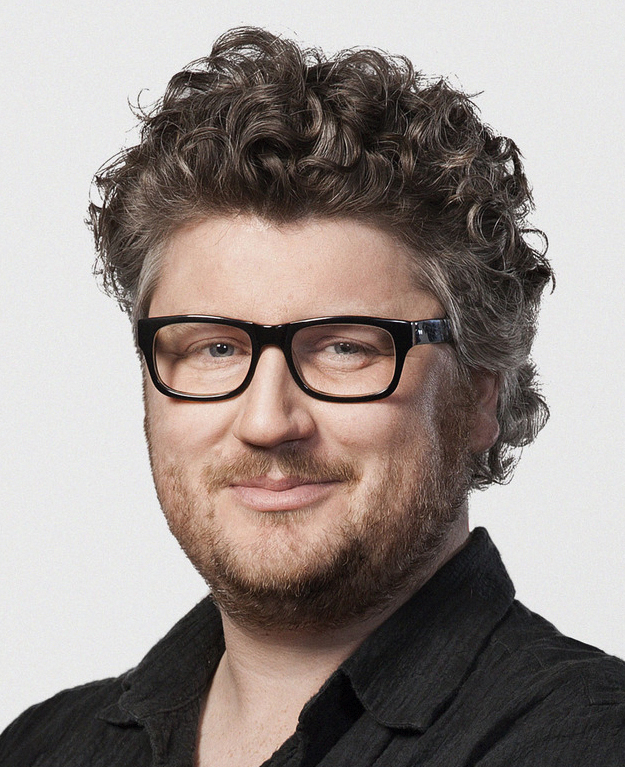Maurice Ravel’s Bolero may be the composer’s single most popular work. But there’s a lot more to it than its two beguiling melodies may suggest.
Its popularity is the strangest thing about it
There’s nothing like Ravel’s Bolero: just two tunes, repeated throughout the orchestra, over and over again. It’s a 15-minute piece ‘without music in it’, as Ravel himself said. There’s no thematic development in Bolero, none of the conventional ways of making and sustaining a piece of orchestral music, even in the experimental decade of the 1920s.

In fact, Bolero’s popularity on classical favourites playlists is one of the strangest things about it. It’s made only of obsessive repetitions. One of the orchestra’s two side-drummers has to play the same two-bar rhythm 170 times, turning into an orchestral automaton.
The only changes in the piece comes from how Ravel orchestrates the two tunes, the way he structures the piece as a single, gigantic crescendo, and the surprise modulation at its end. Ravel's Bolero might be a warhorse. But it’s the single most experimental piece of orchestral music in the classical-pops canon in the way its melodies and its rhythms hammer their way into your brain.
And yet Ravel's Bolero does have precedents in the paradoxically opposed modes of expression that define it: the terpsichorean and the mechanical. The Ravel Bolero is a ballet, commissioned by Ida Rubinstein for her to dance in 1928.
The sensuality of the bolero dance is hammered out
A bolero is also a Spanish dance, but you don’t just find boleros in folk traditions. Beethoven included two in his arrangements of Spanish tunes. And even if Ravel didn’t know those, he could have heard dances with strikingly similar repeated, castanet-inspired rhythms everywhere from Berlioz’s Zaïde to Verdi’s Les vêpres siciliennes.

But Ravel’s Bolero is different from any of those sources. That's because of how much slower it is than a true bolero. The Cuban composer Joaquín Nin pointed that out to Ravel – who replied, ‘That is of no interest whatsoever’. That’s because Bolero – ironically, now the most famous bolero anywhere – is really an abstracted version of the dance. In it, the sensuality of the original is hammered out, obsessed over and pummelled into a machine-like oblivion.
A symphony of belts, whistles and hammer blows
And machinery – musical and industrial – is Bolero’s other essential resource. Ravel loved machines. On a US tour earlier in the Bolero year of 1928, he arranged a special visit to the Ford factory in Detroit. Not a trip that was on most touring musician’s itineraries. Earlier, on holiday in 1905, he went to a factory along the Rhine. There, he loved the ‘wonderful symphony of travelling belts, whistles and terrific hammer blows which envelop you. How much music there is in all of this – and I certainly intend to use it.’
In Bolero, he did. As listeners, we’re simultaneously seduced and overwhelmed by its weird non-musical music. The Ravel Bolero remains one of the most radical pieces ever made; making music that’s both inhuman and human, machine-obsessed and disturbingly sensual, and totally – Bolero!
Six famous uses of Ravel's Bolero
10 (1979)
Perhaps the most famous cinematic use, Ravel’s Boléro plays during a love scene in this comedy starring Dudley Moore and Bo Derek, cementing its association with seduction.
Torvill & Dean, 1984 Winter Olympics
British ice dancers Jayne Torvill and Christopher Dean performed a now-legendary routine to Boléro, earning perfect scores and Olympic gold.
Allegro Non Troppo (1976)
This Italian animated film features a surreal sequence set to Boléro, depicting evolution from single-celled organisms to civilization.
Les Uns et les Autres (1981)
Claude Lelouch’s film uses Boléro in an emotional ballet sequence with Jorge Donn, choreographed by Maurice Béjart.
Opening Ceremony, 1992 Barcelona Olympics
A dramatic orchestral version of Boléro accompanied the Olympic torch lighting.
Moulin Rouge! (2001)
Elements of Boléro are woven into the film’s Bolero Rouge, enhancing the film’s grand, tragic finale.
